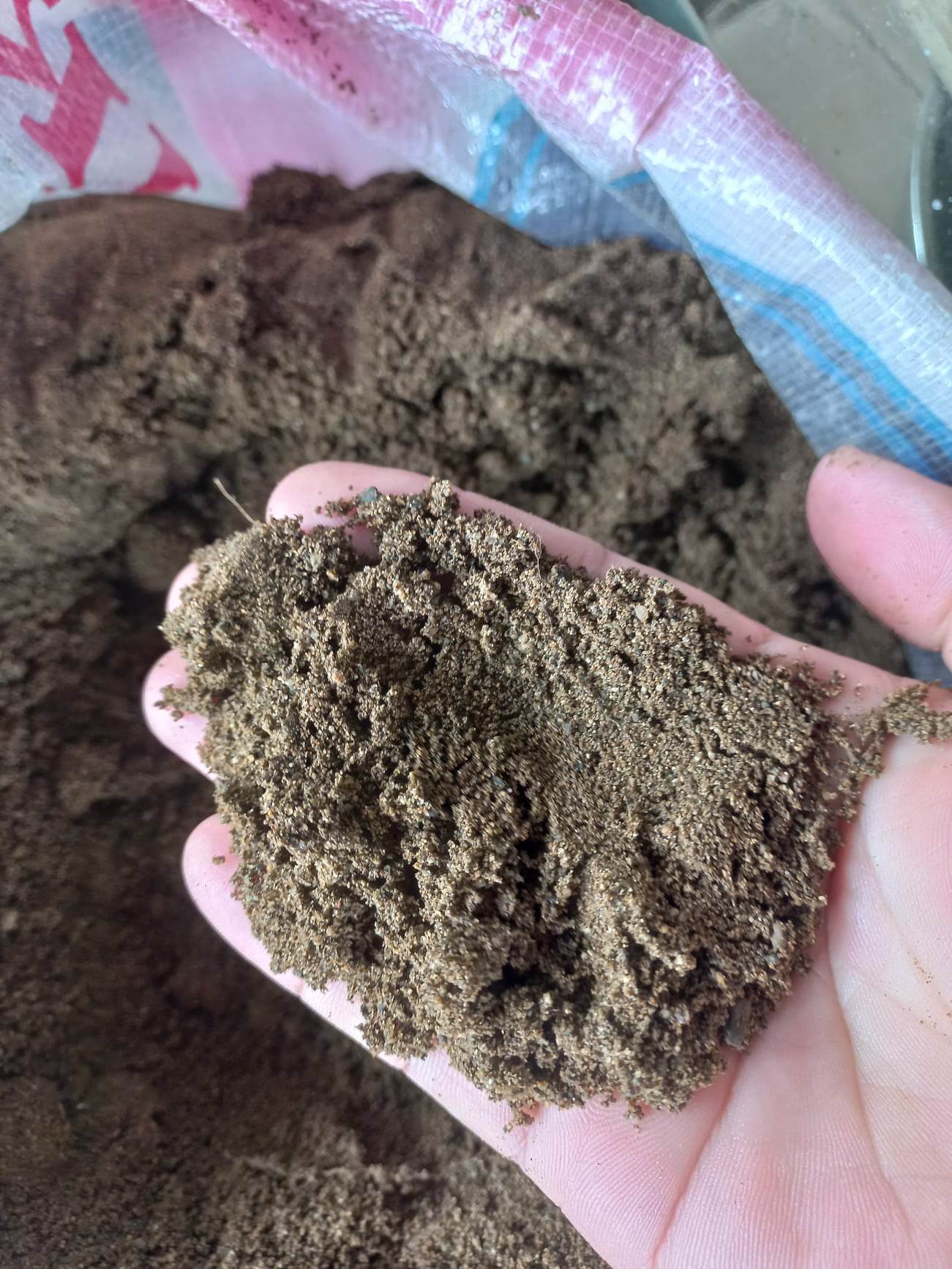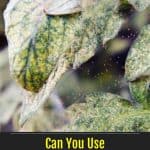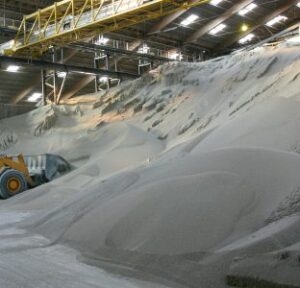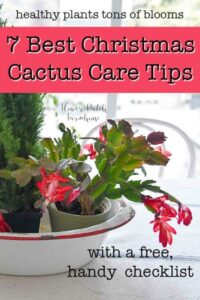When it comes to nurturing plants, the type of soil in which they are rooted can profoundly influence their growth and vitality. Among the various soil types, silt soil stands out due to its unique properties which facilitate optimal drainage and retention of nutrients and moisture. Gardeners and plant enthusiasts often seek the finest silt soil to give their botanical friends the best chance to flourish. This article delves into the best places to find quality silt soil for your plants, ultimately encouraging a shift in your gardening perspective.
Understanding Silt Soil
Before embarking on the quest for the best silt soil, it is essential to grasp what differentiates it from other soil types. Silt is composed of fine mineral particles, most notably quartz, which are larger than clay particles but smaller than sand. This particular grain size enables silt soil to hold moisture exceptionally well while also providing adequate drainage. The ideal balance of nutrients found in silt makes it a haven for plant growth, promoting strong root development and lush foliage.
Silt soil, while it exhibits incredible advantages, can be challenging to source in locations where it is not native. Therefore, understanding where to procure this beneficial soil can save you time and ensure a successful gardening experience.
Local Garden Centers: A Treasure Trove of Options
For the avid gardener, local garden centers can be a veritable goldmine of gardening supplies, including silt soil. Most garden centers understand that their clientele is keen on nourishing their plants, thus they stock a variety of soil types. Upon visiting, you will likely find organic silt soil blends enriched with necessary nutrients.
Engaging with knowledgeable staff can enhance your shopping experience. They may offer insights about local soil composition, guides on soil amendments, and the plants that thrive best in silt-rich environments. Furthermore, local garden centers often allow you to buy soil in bulk, which can be more economical for larger gardening projects.
Online Retailers: Convenience at Your Fingertips
In the digital age, online shopping has revolutionized the way we procure gardening supplies. Numerous online retailers specialize in gardening materials, providing a myriad of options for silt soil. When scouring the internet, make sure to look for reputable vendors that offer customer reviews, as these can serve as invaluable testimonials regarding soil quality.
Shipping silt soil directly to your doorstep is immensely convenient, but keep in mind potential shipping fees that may apply when ordering larger quantities. Take the time to research and compare different suppliers to ensure that you not only receive quality silt but also at a reasonable price. Online communities and gardening forums can provide recommendations regarding trustworthy retailers and specific products that have yielded impressive results for fellow plant enthusiasts.
Farmers’ Markets: Buying Local and Fresh
For those who appreciate supporting local businesses, farmers’ markets are an excellent venue for sourcing high-quality silt soil. Many local farmers and horticulturists understand the significance of soil quality and may be willing to share their knowledge and practices with enthusiastic gardeners. Engaging in conversation with farmers can lead to valuable insights regarding soil health, cultivation methods, and pest management practices.
Moreover, some stallholders at farmers’ markets produce their own soil blends and might offer packages of silt soil particularly suited to the local climate and plant varieties. This local knowledge can prove invaluable if you are looking to cultivate plants that are both healthy and well-adapted to your environment.
You may also discover unique opportunities at farmers’ markets, such as workshops and demonstrations. Participating in these events can deepen your understanding of soil management practices and broaden your horticultural skills.
Soil Conservation and Environmental Organizations: A Sustainable Choice
In today’s environment-focused culture, soil conservation organizations often prioritize the promotion of healthy soil management practices. Many of these organizations operate programs aimed at enhancing soil quality, and some even sell or distribute silt soil as part of their initiatives. By supporting these organizations, you’re not only acquiring high-quality silt soil but also contributing to broader environmental efforts.
Engaging with soil conservation groups may also lead you to workshops that enlighten you on soil restoration, composition, and sustainable gardening techniques. These interactions empower gardeners with the knowledge necessary to make healthier choices for both their plants and the environment.
Embarking on an Educational Journey
Finding high-quality silt soil is not just about the transactions made but also an opportunity to expand one’s gardening knowledge. Every visit to a local garden center, farmers’ market, or online store presents the chance to learn something new about soil management and plant care. Embrace this aspect of gardening as a part of the journey, and don’t hesitate to ask questions and delve deeper into the fascinating world of soil science.
In conclusion, the quest for silt soil doesn’t have to be tedious. By exploring local resources, leveraging the convenience of online retailers, and investing time in community connections, gardeners can secure the essential soil their plants need to thrive. Silt soil emerges as a crucial asset in gardening, promising lush blooms and thriving greenery, so embark on this journey with curiosity and enthusiasm.





Leave a Comment